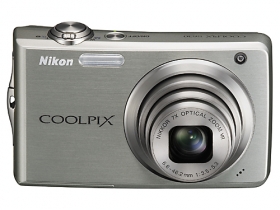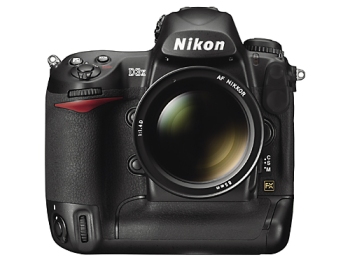Which Digital Camera is best for you?
Digital Cameras and which style suits you best.
One of the most asked questions I get is – which digital camera do you think I should buy? Today we have a huge array of digital cameras to choose from so let’s have a look at the options available to you regarding point and shoot or digital SLR (single lens reflex), so you can make an informed decision.

Point and shoot digital camera.
Point and shoot digital cameras are simple to use and are small and compact making them very convenient when you are out and about. They are usually less expensive than a digital SLRs but have great functions on them like auto-focus, auto-exposure, built in flash and many others depending on the brand and model. One feature I would look for in a point and shot digital camera is the having the ability to take it off automatic mode giving you more creative input. The down side to point and shoot cameras include; the pixel size which is limited due to the compact nature of the camera and having a fixed lens.
Digital SLRs are often referred to as dSLRs and with these cameras you have an enormous selection of lenses to choose from, giving you very powerful creative control. As examples of this you can use wide angle lenses which are great for travel photography and landscape photography, macro lenses which allow you to photograph small objects like flowers, and telephoto lenses which are ideal for portrait photography and sport photography. Point and shoot digital cameras don’t offer this flexibility.
It’s not just the ability to change lens that makes dSLRs more advanced, but also their options for giving you greater creative control over exposure, focus, color, and image pixel size. Many point and shoot cameras produce excellent images, however dSLRs have larger image sensors and as we will discover shortly – not all pixels are created equal.

Digital SLR camera.
High end digital cameras have bigger sensors than point and shoot cameras, and if you were to put the same number of pixels on a large sensor and a small sensor, the camera with the larger sensor will produce better quality pictures. So even if a point and shoot camera has 10 megapixels it won’t produce as high a quality image as a 10 megapixle digital SLR.
Digitals SLRs also have facilities like the ability to use external flashes, either on the cameras hot shoe or with connecting cords or radio slaves. They can also be connected to lighting systems such as studio lights. Another feature is their ability to photograph at up to 14 frames per second which is ideal for fast moving subjects like sport or even the kids! They are also built tough to withstand more rugged use and conditions.
The down side of dSLRs is that they are more expensive than their point and shoot cousins and can be a little overwhelming with all of the bells and whistles, but if you are serious about your photography then eventually you will probably be using a digital SLR camera.
With digital cameras, resolution refers to the cameras pixel count. Pixels make up the cameras image sensor that absorb light and transforms that into a digital photograph. Today’s digital cameras have such high resolutions that their pixel counts are in the megapixels, that means one megapixel is equal to one million pixels.
Let me give you and example of how many pixels you need to produce a certain size photograph.
10cm x 15cm photograph = 1 megapixel
13cm x 18cm photograph = 1.5 megapixels
20cm x 25cm photograph = 3 megapixels
28cm x 36cm photograph = 6 megapixels
To create crisp, sharp images for print you need to be aware of these basic figures. So if you think you will be having your photographs enlarged or cropped on a regular basis then a high pixel count will be necessary. However if most of your images will either be printed as small post card sized prints or displayed mostly on computer screens then the pixel size can afford to be smaller. The fantastic news is that pretty much all digital cameras manufactured in the past five years have enough pixels to be used to share quality images over the internet or used for blogs and websites.
-
Recent
-
Links
-
Archives
- September 2009 (1)
- August 2009 (1)
- July 2009 (6)
-
Categories
-
RSS
Entries RSS
Comments RSS
